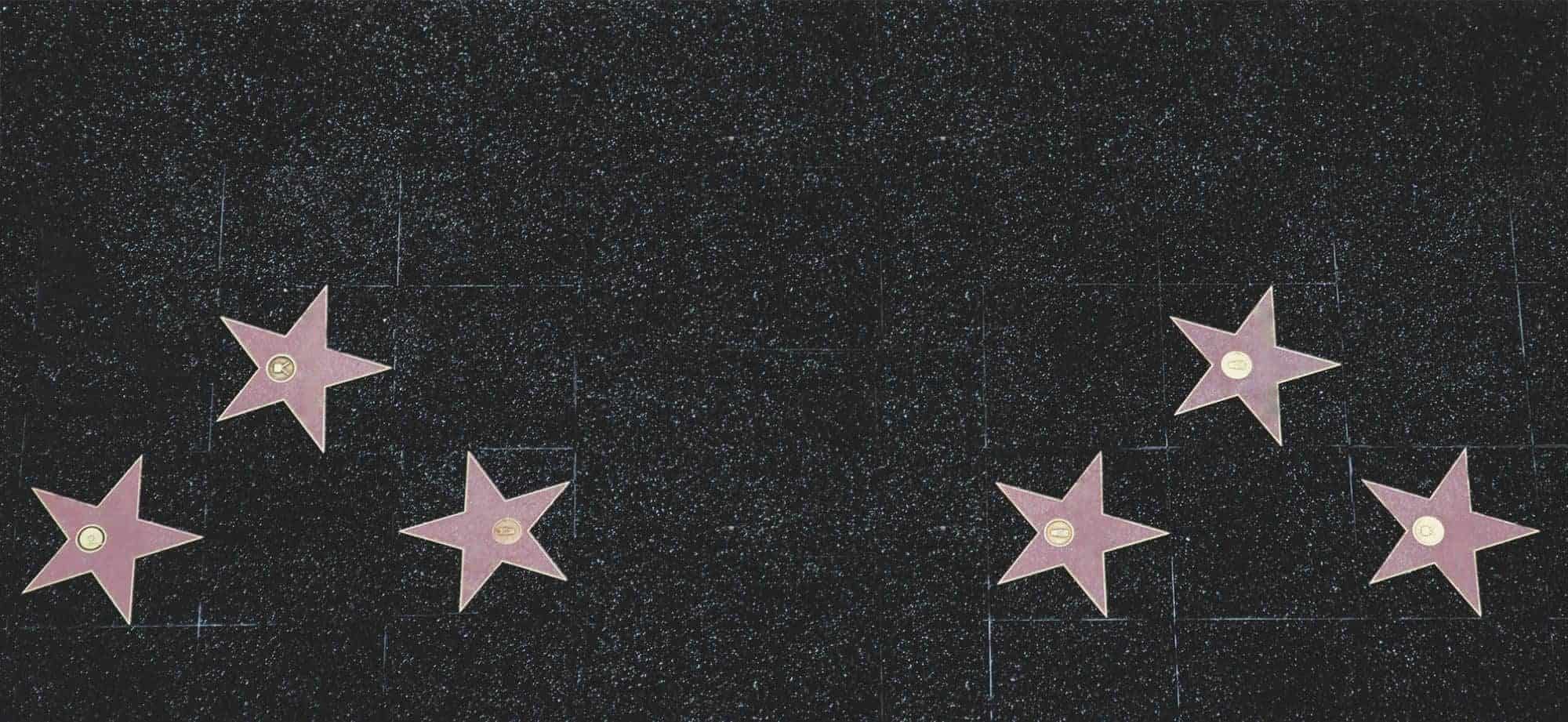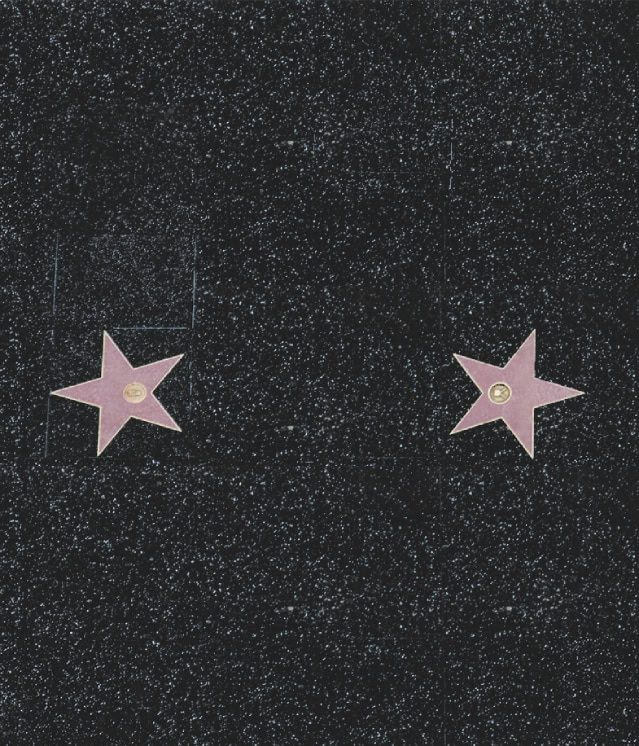
Tips for writing about fashion
Fashion writing is an art that demands creativity, knowledge, and precision. To express fashion in words, one must understand the trends that shape the industry. This article offers tips and techniques to improve fashion writing.
For aspiring writers, immersing in the fashion world is key. Stay informed about the latest runway shows, collections, and designers to develop an eye for style. Covering haute couture or streetwear, having a comprehensive knowledge of the industry will enable you to provide meaningful commentary.
Additionally, pay attention to fashion magazines and trend forecasts. Spotting emerging styles and themes can help you write captivating content readers yearn for. Being ahead of the curve offers unique perspectives and fresh ideas.
As a fashion writer, cultivate your own voice and style. Let your personality shine through while being professional. Find a balance between informative and engaging: captivate readers with vivid descriptions without losing sight of the purpose of the piece.
Moreover, consider cultural influences and societal context when writing about fashion. Fashion reflects our society’s values, aspirations, and movements. Analyzing these connections can add depth to the writing and start conversations among readers.
Choosing a Fashionable Topic
Choosing a fashionable topic? Consider current trends and the interests of your target audience. Look for unique angles and untapped niches. Explore topics like sustainable fashion, emerging designers, or the influence of social media. Generate captivating content that resonates with readers.
Incorporate personal anecdotes or experiences. This adds authenticity and allows readers to connect. Also, include relevant stats or quotes from experts.
Don’t restrict yourself to clothing. Fashion encompasses more, like accessories, footwear, hairstyles, makeup, and interior design. Appeal to a broader audience and show your versatility as a writer.
Conduct thorough research. Stay updated on fashion industry developments by following blogs, magazines, and designer collections, and attending events like Fashion Weeks. Ensure accurate information and provide valuable insights.
Weave interesting narratives using storytelling techniques. For example, list outfit ideas for an upcoming season with a fictional character. This adds depth and captures the imagination.
Researching the Latest Fashion Trends
Fashion trends are always changing. It’s essential for fashion writers to stay up-to-date with the latest styles. Exploring sources such as fashion magazines, blogs, social media, and runway shows can give valuable insights into emerging styles, colors, and designs.
Analyzing collections showcased at influential fashion weeks is key. These events set the tone for upcoming trends. By observing garments and accessories presented on the runway, writers can identify recurring themes that define a season’s fashion aesthetic.
Following prominent fashion influencers on social media is another way to research fashion trends. These individuals often share their personal interpretations of seasonal trends. Keeping tabs on them can help writers understand what looks are popular.
Market research reports also give valuable information about emerging fashion trends. Experts compile these reports by analyzing consumer preferences and buying patterns. Such info helps writers predict future trends.
A study found that 85% of consumers believe sustainability is important when buying clothing items. Writers must pay attention to this when researching current fashion trends.
Exploring various sources of inspiration, keeping sustainability in mind, and delivering captivating insights into the world of style – that’s how fashion writers effectively research the latest trends.
Organizing Your Thoughts and Ideas
- Jot down all ideas related to fashion with a pen and paper or a digital tool. This will help visualize them and make connections.
- Organize the ideas into a logical order. This roadmap will make sure the article flows smoothly. It also helps stay on topic.
- Divide the content into sections and use subheadings. This will make it easier to read and understand.
- Keep organizing thoughts and ideas while writing.
- Vogue Magazine states fashion writers research trends and industry news for hours before writing their articles.
Writing an Engaging Introduction
Writing an introduction that captures readers’ attention is key in the competitive fashion industry. How can you make yours stand out? Start with a thought-provoking question or an interesting fact. For example, why do certain trends become global sensations overnight? Set a scene and evoke emotions – imagine yourself at a fashion show surrounded by glamorous models. Utilize storytelling elements in your intro too. Tug on human emotions by incorporating an anecdote or personal narrative. Lastly, be creative yet authentic and credible. Strike a balance between creative content and informative value. Now get writing and spark curiosity in your readers! Keep ’em coming back for more fashion insights. Happy writing!
Providing Descriptive Details
Describing fashion is essential. It helps readers see and relate to the clothing. To do this, choose adjectives that accurately describe colors, textures, patterns, and aesthetics. Crafting descriptions is a skill. Use words that evoke senses; like how a fabric feels or how shoes sound when walking. The balance between descriptive and not overwhelming.
In addition, mention the designer’s inspiration and process. Consider the target audience when describing. Luxury brand fans may prefer elegant language, while streetwear lovers may like edgier descriptions. Lastly, revise your work. Remove any repetitive or unneeded info to make the piece flow.
Including Visuals to Enhance the Article
Include visuals in your fashion article for greater impact and engagement. Captivating images, vibrant colors, and design elements effectively express fashion ideas and concepts to readers. Visuals evoke emotions, inspire creativity, and make content memorable.
Include infographics or illustrations with valuable information on fashion trends, styling tips, or garment construction techniques. Visuals make the article attractive and help readers understand complex concepts.
Fashion sketches or mood boards showcase different outfit combinations or design inspirations. These visuals bring ideas to life and inspire readers to experiment with their own style.
Formatting and typography enhance visual appeal. Choose fonts that are easy to read and reflect the fashion industry. Use headings and subheadings to break up text. Create a pleasing structure.
By incorporating visuals, create an immersive reading experience for your audience. Stunning photographs or informative infographics captivate readers’ attention and leave a lasting impression.
Elevate your fashion writing with engaging visuals. Experiment with images, illustrations, and design elements. Your readers will thank you as they immerse themselves in a visually captivating world of fashion inspiration.
Formatting and Structure
Fashion writing has evolved! Nowadays, formatting and structure play a major role. To capture your reader’s attention, use headers and subheaders. This will break up the content and make it easier to understand. Plus, bullet points or numbered lists can help organize info.
Visuals are important too. Fashion is visual, so include high-quality images that showcase trends or provide examples. Layout and design also matter. Appropriate font styles, sizes, and colors create an aesthetically pleasing reading experience. To maintain coherence, keep the formatting consistent.
Finally, accuracy and clarity are key. Proofread for any errors that may distract readers. Make sure your fashion writing is unique and captivating!
Adding Personal Insight and Tips
Be true to yourself! Share your unique experiences and thoughts to make a connection with your readers. Showing your genuine self will help you gain trust and credibility.
Keep up with the latest fashion trends and share your ideas. People love new perspectives, so be sure to give them something fresh.
Help your readers out by giving them practical tips. Whether it’s styling tips or shopping advice, make sure that what you give is useful and doable.
Also, remember that there are fashion lovers of all body types, budgets, and style preferences. Write something that will satisfy everyone.
Fashion bloggers have recently started to incorporate their own personal insight into writing. They share their fashion experiments, choices, and experiences. This has made writing and reading more enjoyable.
Conclusion
When it comes to fashion writing, balance is key. Creativity and professionalism must be balanced. Engage your readers by giving them unique perspectives and telling captivating stories.
The transition between ideas smoothly keeps readers interested. Expand your content by exploring trends, designers, and sustainability. Include lesser-known details to make your writing stand out. Highlight emerging designers or discuss the cultural significance of fashion trends.
Provide practical advice too. Tips on styling pieces or incorporating current trends into everyday outfits. Explain why each suggestion works and how it benefits readers’ personal style. Establish yourself as a trusted authority in fashion. And always remember to engage readers with unique perspectives and captivating storytelling.
Editing and Proofreading
Editing and proofreading are key steps in the fashion writing process. They help make content polished, accurate, and appealing to readers. Let’s examine some tips to successfully edit and proofread your fashion writing.
- Check grammar and spelling mistakes: Utilize spell-check tools and thoroughly proofread your writing to erase errors. Pay attention to popular fashion terms and make sure they are used correctly.
- Ensure ideas are clear: Look at sentences and paragraphs to guarantee they are straightforward and succinct. Don’t use jargon or complex language that could perplex readers.
- Consistent style and tone: Keep a consistent style throughout your fashion writing. Make certain that the tone is appropriate for the target audience and is in line with the general concept or theme.
- Edit for flow and structure: Analyze the flow of your content, guaranteeing that ideas transition smoothly from one paragraph to the next. Rearrange sentences or paragraphs if needed to improve the overall structure.
- Seek feedback from others: Get a new viewpoint on your fashion writing by asking for feedback from reliable colleagues or professionals. They can contribute valuable opinions and aid you in finding areas for development.
To boost the final editing phase, consider reading out loud or using text-to-speech software to discover any clumsy phrasing or redundant words. This will help sharpen your fashion writing even more.
Did you know? Coco Chanel, the famous fashion designer, was infamous for her meticulous approach to editing her collections. She kept revising her designs until they reached her expectations of elegance and sophistication.
By utilizing effective editing techniques, you can boost your fashion writing, making it readable and impactful to readers. So take your time to refine your work before sharing it with others!
Keep in mind, that great fashion writing is not only about creativity but also about paying attention to detail through precise editing and proofreading.
Final Thoughts and Call to Action
As we wrap up, take a moment to think about the major points shared. Writing on fashion demands a blend of creativity, knowledge, and a thorough understanding of the industry. If you stick to the tips detailed in this article, you can write interesting and factual fashion content that your readers love.
To really express fashion in your writing, it’s essential to stay up to date with the newest trends and progressions. Fashion is always changing, so staying informed allows you to include current and relevant details for your readers. Whether it’s exploring new collections or finding new designers, dive into the fashion world and improve your skills to write exciting posts.
Furthermore, images and videos are a big part of fashion writing. By including high-quality visuals, you can make your words come to life and help readers comprehend the content better. When talking about clothing or accessories, use exciting words that make readers imagine themselves wearing or using them.
Finally, don’t forget to use storytelling when discussing fashion. Share personal experiences or stories from the industry to create a bond with your readers. As an example, tell a story about a famous designer or recall a unique fashion show – this will make your writing more genuine and meaningful.
Frequently Asked Questions
FAQs: Tips for writing about fashion
1. How can I make my fashion writing more engaging?
Creating engaging fashion writing involves using descriptive language, evoking emotions, and incorporating storytelling techniques. Paint a vivid picture, appeal to the senses, and captivate readers with interesting anecdotes or personal experiences.
2. What should I consider when writing product reviews?
When writing fashion product reviews, it’s essential to provide detailed information about the item, such as its quality, sizing, and materials used. Include both the positives and negatives to offer a fair assessment. Additionally, include high-resolution images and provide links for readers to make purchases.
3. How can I stay updated on fashion trends?
To stay updated on fashion trends, follow fashion publications, blogs, and social media accounts of fashion influencers or designers. Attend fashion shows and exhibitions, read fashion magazines, and take note of what prominent figures in the industry are wearing.
4. How can I write a compelling fashion blog post?
To write a compelling fashion blog post, focus on a specific topic or theme that interests your target audience. Use relevant keywords and incorporate SEO techniques to optimize your post for search engines. Include high-quality images, provide practical tips, and encourage reader engagement through comments and social media shares.
5. What are some ways to develop my personal fashion writing style?
Developing a personal fashion writing style involves experimentation and practice. Read widely to expose yourself to various writing styles, and then find your unique voice. Pay attention to sentence structure, flow, and tone. Write regularly, and seek feedback from trusted individuals to refine your style further.
6. How can I avoid plagiarism when writing about fashion?
To avoid plagiarism when writing about fashion, always give credit to the original source of information, quotes, or ideas. Use proper citation formats such as APA or MLA. Additionally, ensure you paraphrase or summarize information in your own words and use quotation marks when directly quoting someone.
Subject: Tips for writing about fashion
Company: Hollywood Connections Center
Network: MyHollywoodPage.com
The Hollywood network of arts and creative professionals.





